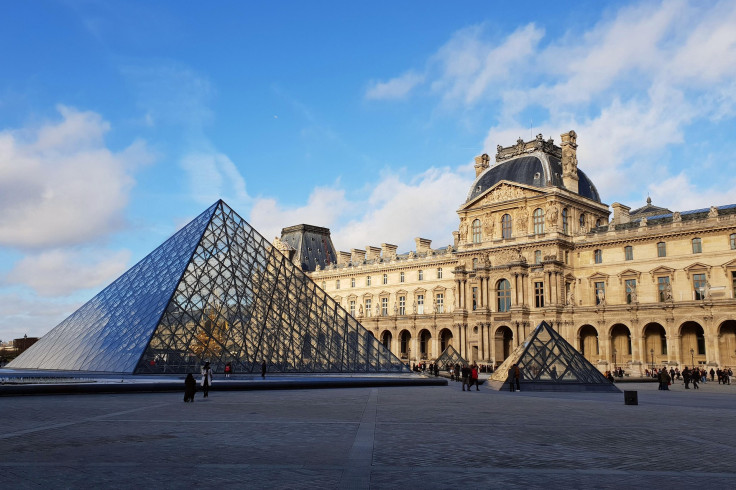Louvre Robbers Arrested, But the Heist's Missing Jewels Spark New Questions About an Inside Job
The Louvre heist left France reeling as royal jewels vanished in minutes

Authorities in France have arrested multiple suspects linked to the audacious Louvre Museum jewel heist, but the stolen treasures, valued at more than €80 million ($92 million) (£70.17 million), remain missing.
The arrests have reignited speculation about a potential inside job, as investigators race to recover the missing royal jewels and examine how one of the world's most secure museums was breached in broad daylight.
Inside-Job Theories and Ongoing Investigation
While prosecutors have stated there is no direct evidence of staff involvement, investigators have not ruled out internal assistance. The robbers appeared to possess precise knowledge of the building's layout, including security blind spots and timing of patrols.
Security specialists have suggested that such coordination may have required information from within the museum.
As of early November, French authorities continue to work with Europol and Interpol to trace the missing jewels and identify potential buyers or intermediaries.
The case remains open, with officials warning that the recovery effort could take months, or even years, given the scale and sophistication of the operation.
The Daring Daytime Robbery
The Louvre heist unfolded on 19 October 2025, when a team of masked thieves executed a precision robbery inside the Galerie d'Apollon, home to France's royal jewellery collection.
Disguised as workers, the group used a vehicle-mounted furniture lift to reach a first-floor balcony before breaking through a glass window.
Within minutes, they had smashed display cases and made off with several priceless artefacts, including tiaras and necklaces that once belonged to French royalty.
The theft, which took place during public opening hours, has been described by French media as one of the most daring cultural crimes in decades.
The stolen collection included pieces dating back to the 19th century, symbolising France's imperial heritage and attracting millions of visitors each year.
Swift Arrests but Jewels Still Missing
Less than a week after the robbery, police detained several suspects in Paris and the neighbouring Seine-Saint-Denis region.
Two men were initially arrested, followed by five more on 29 October. Prosecutor Laure Beccuau confirmed that some of the detainees had 'partially admitted' involvement, although key questions about the whereabouts of the jewels remain unanswered.
Forensic teams discovered DNA traces at the crime scene, and investigators have traced vehicles believed to have been used in the escape.
As reported by ABC News, the investigation had stretched into its 16th day and the whereabouts of the stolen jewels remained a mystery despite suspects being charged.
One suspect was reportedly intercepted while attempting to board a flight to Algeria. Despite these breakthroughs, authorities say none of the recovered evidence has yet led to the missing treasures.
The Missing Crown Jewels and Damaged Relic
The Ministry of Culture later released an inventory confirming that most of the stolen items belonged to collections once owned by Empress Eugénie, Queen Hortense and Queen Marie-Amélie.
The Crown of Empress Eugénie was the only artefact recovered, damaged after being dropped during the robbers' escape.
Officials estimate the total value of the missing jewels exceeds €88 million ($101 million or £77.19 million), making it one of Europe's most significant art crimes in recent history.
Experts note that fencing such items would be almost impossible on the open market due to their unique provenance and historical value. Investigators suspect the jewels may have been quickly moved through illicit art channels or smuggled abroad.
Security Lapses Under Fire
The heist has prompted renewed scrutiny of the Louvre's security systems. Reports suggest that parts of the museum lacked external camera coverage, and alarm systems failed to trigger in time to stop the thieves.
Museum director Laurence des Cars described the incident as a 'serious breach' of protocol, acknowledging that staff were reviewing surveillance and access procedures.
Cultural officials across Europe have since called for increased investment in museum protection, citing the case as a wake-up call for institutions holding national treasures.
Insurance analysts also warn that premiums for high-value exhibits are likely to rise in the wake of the theft.
© Copyright IBTimes 2025. All rights reserved.





















